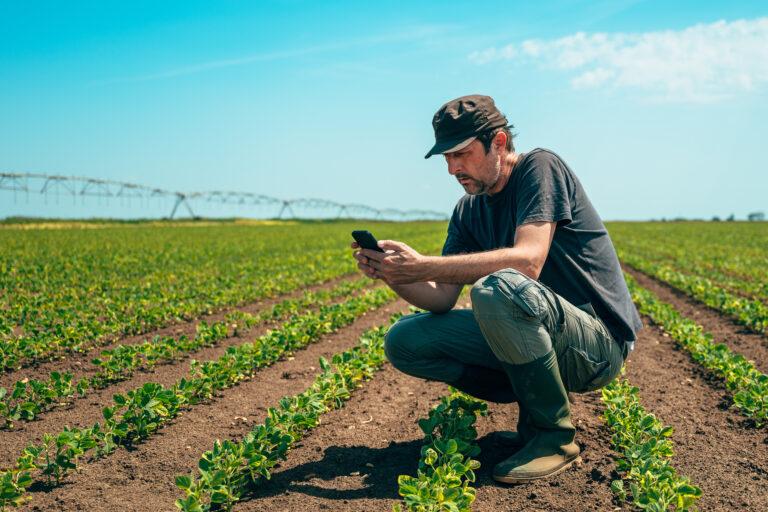
In this blog, the Agrecalc Science Team aims to illustrate the journey from conventional intensive farming to a more efficient, sustainable, and resilient agricultural system of the future that emphasises the importance of a holistic management systems approach.
At this year’s summer trade shows, alongide the demos of Agrecalc Cloud, we were taking you on a visual journey on how a Farm of the Future might look like when the baselining has been done and mitigation measures applied, and then monitored and improved year after year.
Here, we’ve summed up our brief exhibition into one cohesive thought leadership piece.
“Today’s farms are characterised by intensive practices that prioritise high yields. However, these methods can result in a system that is environmentally unsustainable, degrades soil health, and is inefficient, contributing significantly to carbon emissions”, says Dr Rachael Ramsey, Head of Science and Research for Agrecalc.
Modern intensive farming often relies on purchased feeds, chemical fertiliser application and a focus on crop and animal yield over a more holistic resource management approach. Following these practices often result in having a system that can be resource inefficient and environmentally unsustainable.
Untargeted use of fertilisers without a Nutrient Management Plan can lead to runoff and eutrophication of nearby water bodies. Basic manure management strategies lead to avoidable emissions of methane and nitrous oxide. A shift to a more holistic approach to farming practices is key to aid the transition towards a more sustainable and resilient farm.
“The first thing to do to move towards a solution is knowing your numbers“, Dr Ramsey continues. “Baselining your business is a critical first step. Carbon assessments are an essential tool that baselines a farm’s Greenhouse Gas (GHG) emissions, alongside carbon sequestered, and enables data-driven management decision making.”
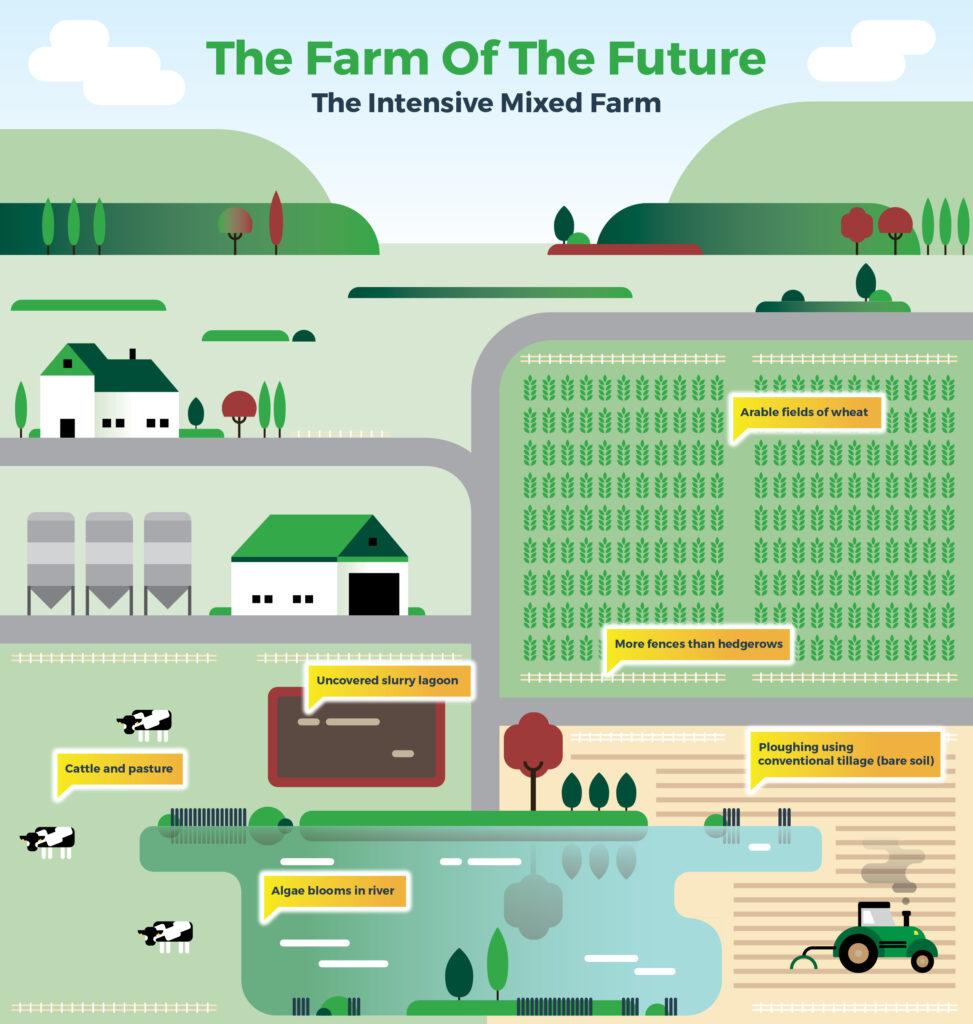
Emissions “hotspots” are often linked to inefficient resource usage, so reducing emissions tends by proxy to improve efficiency whilst reducing costs.
“Baselining a farm business, creating a management plan and adopting sustainable practices allows the negative impacts of intensive farming to be mitigated against”, says Dr Ramsey.
“By optimising soil nutrient status, reducing inputs and utilising existing resources more efficiently, we can create a more resilient agricultural system.”
Creation of a management plan should be done in conjuction with soil testing. This represents the key to aid the transition towards a more sustainable and resilient future of the farm.
Good soil nutrient and pH status, combined with targeted nutrient application results in good agronomic performance whilst reducing GHG emissions and overapplication of nutrients.
Furthermore, increasing clover in pasture can reduce dependence on chemical fertilisers, alongside using stabilised fertiliser.
Other mitigation measures can include: methane inhibitors, improved livestock genetics and rotational grazing.
Following up from the first carbon assessment, a comparison can be made between what the efficiencies were at the start, and how they are progressing. The farmer gets their first year-on-year report, enabling an easy-to-follow audit trail that can show GHG emissions reductions and improvement to the bottom line.
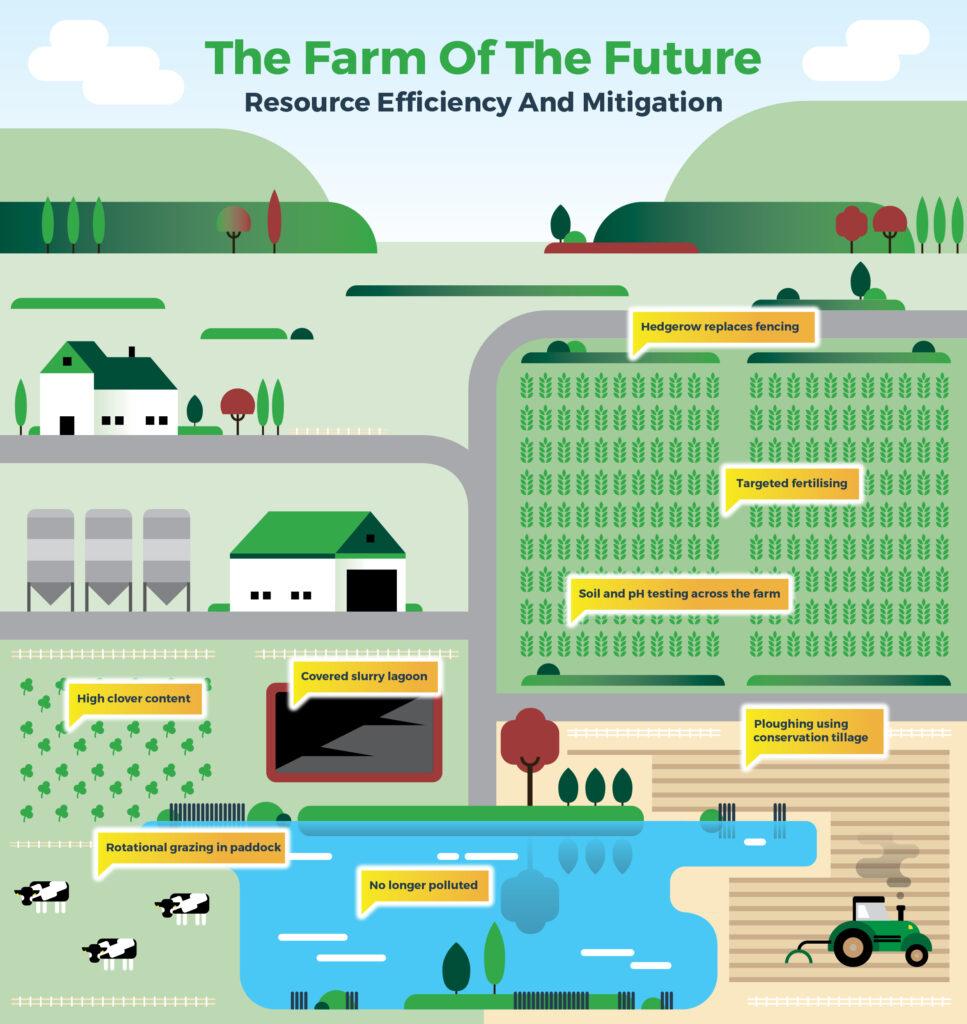
“Taking a multifunctional landscape management approach, integrating crops and livestock, enhancing biodiversity, and building soil health are crucial steps towards a sustainable farming future. This could make the business more sustainable and more resilient to external system shocks”, Dr Ramsey continues.
Some of the steps during this transition can include:
The upcoming Biodiversity module in Agrecalc Cloud can help monitor the ecosystems both below ground, and above, helping monitor the delivery of benefits such as:
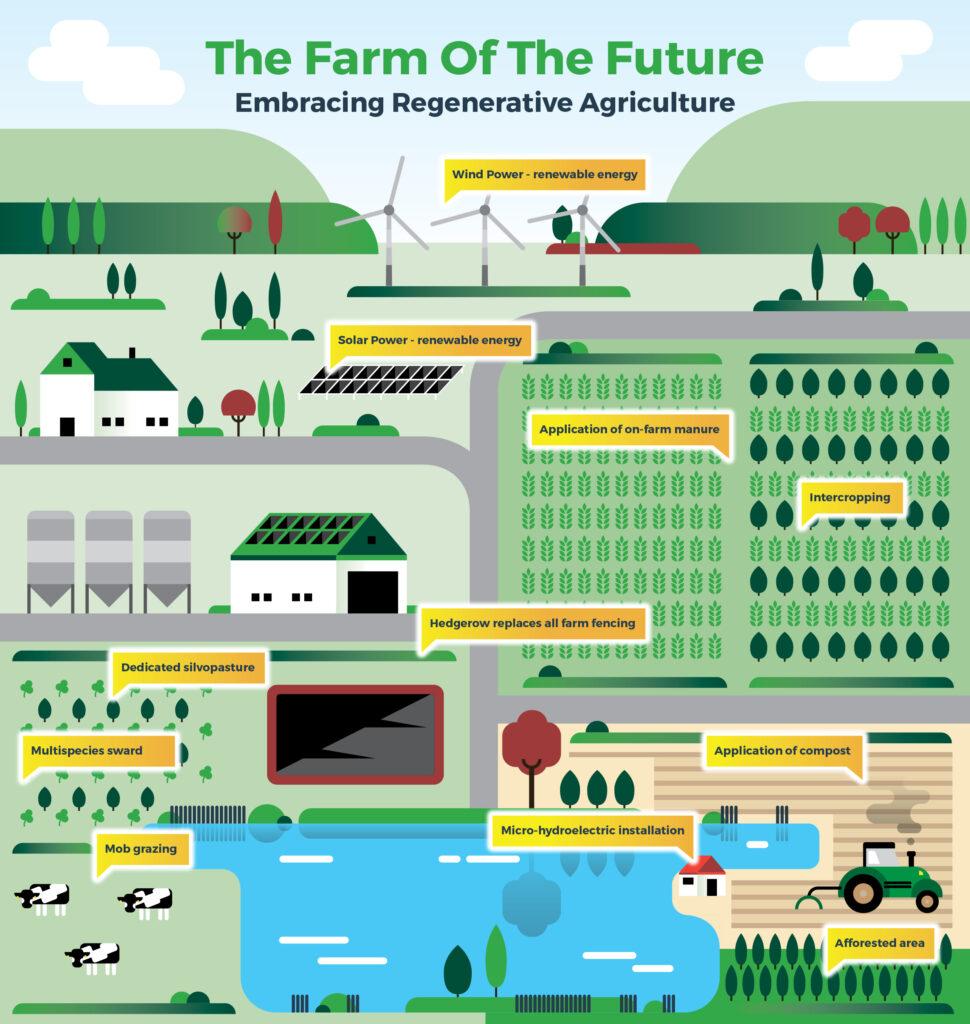
“The farm of the future will have adopted practices that restore ecosystems and capture carbon. These farms not only sustain themselves but also contribute positively to our planet. They will have integrated technological innovation and advancements to be ultra-efficient. This is the future of farming – resilient, sustainable, and efficient“, concludes Dr Ramsey.
A climate smart farm could have any and all of the following features:
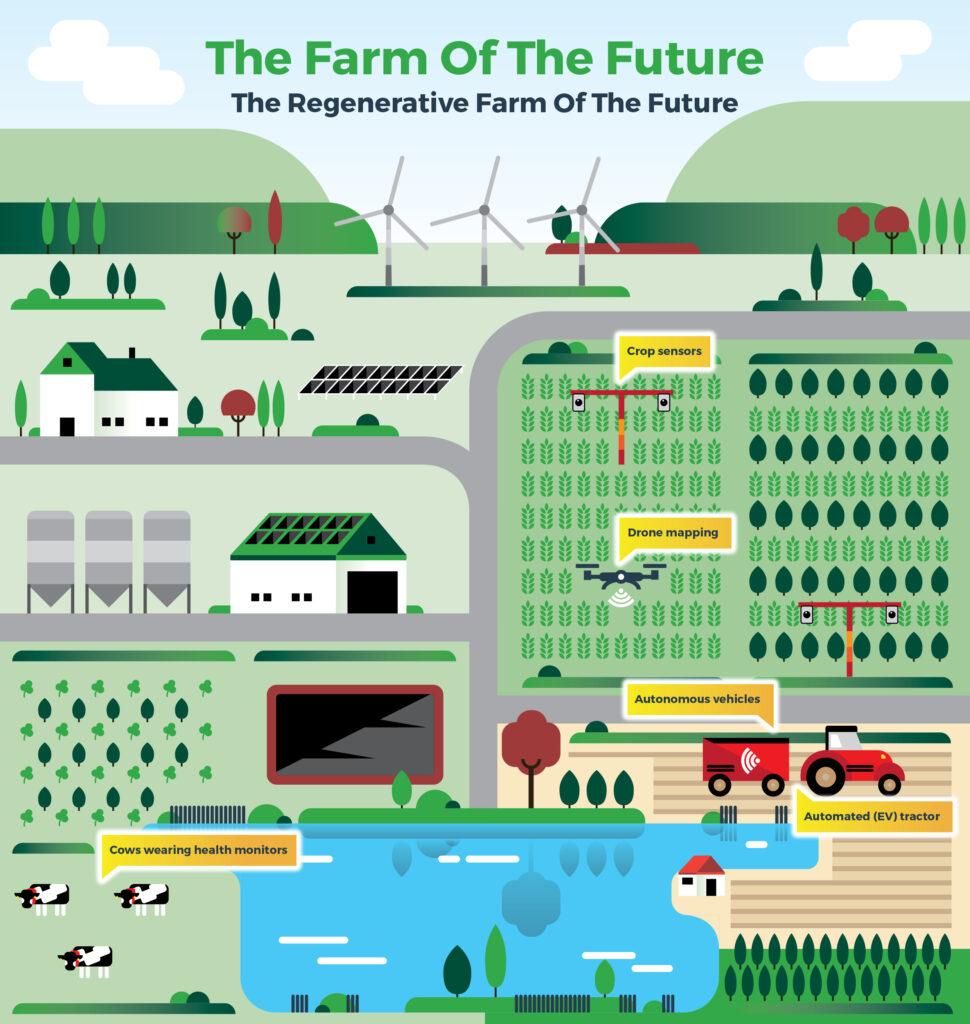

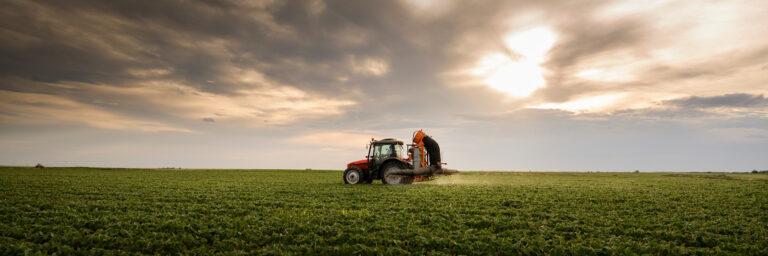
After two years of operation as a Limited Company, Agrecalc became part of Scotland’s Rural College (SRUC) as of 1 April 2025.
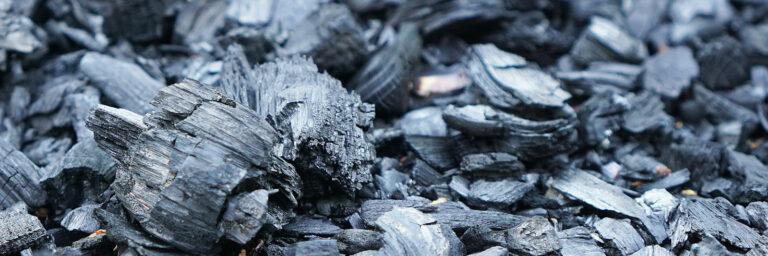
Biochar is a carbon-rich material produced by pyrolysing biomass, which offers a variety of potential agronomic benefits. In this guest article, Black Bull Biochar discusses how these effects work together to bolster productivity, sustainability, and resilience in farming.